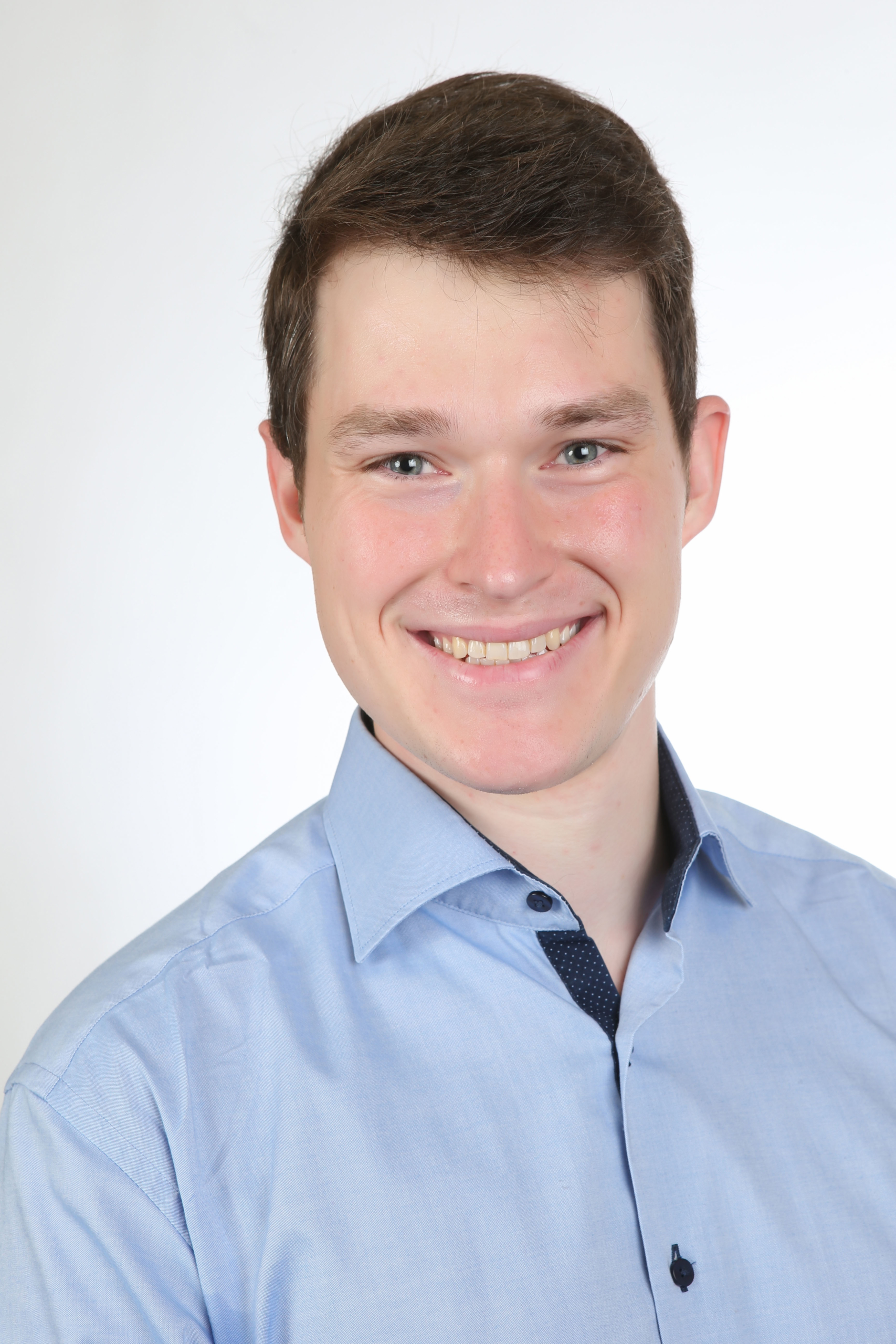Hagen Söding
I am an applied mathematician exploring the world and subsurface to help humanity tackle environmental challenges. After researching robust control techniques as research assistant at the Cluster of Excellence “Data-Integrated Simulation Science” in Stuttgart, I am currently interested in the theory and application of geophysical imaging techniques, wave-physics and all the mathematics involved. Main areas of application are the exploration and monitoring of deep-/engineered geothermal systems and carbon capture and storage sites as well as various environmental applications.
- Ph.D. Student, ETH Zurich, Switzerland – RWTH Aachen, Germany (2021 – )
- MSc Mathematics, University of Hamburg (2017-2019)
- BSc Technomathematik (Applied Mathematics), Technical University Hamburg-Harburg (2013- 2016)
Project Title: Novel geophysical monitoring options of CO2 injections
Host Institutions: ETH Zürich, RWTH Aachen, TU Delft, Nagra
Supervisory Team: Hansruedi Maurer, Florian Wagner, Evert Slob, Edgar Manukyan
Start date: 1.6.2021
ESR Objectives:
Knowledge of the actual state of a geothermal reservoir is of vital importance for its safety and efficiency. Traditional borehole monitoring systems have limited spatial resolution. Geophysical techniques allow characterising and monitoring of the physical subsurface properties at larger distances away from boreholes.
We propose to develop novel imaging and monitoring techniques. We will focus on wave-based methods, but we will consider potential and diffusive field techniques. We will focus on monitoring of CO2 plumes originating from injections in Enhanced Geothermal Systems. We will study possibilities and limitations with numerical simulations and will validate our findings with suitable field tests in the Bedretto Underground Laboratory.
Research Update
In the initial phase of Project No. 6, we planned and carried out a survey, thereby collecting seismic and ground penetrating radar data from the Bedretto Underground Geoscience and Geoenergy Laboratory. This data will be later used to validate our improved methodology and showcase the potential of novel imaging techniques in the realm of geothermal energy.
In the last month, I investigated baseline and monitoring data from a carbon capture in storage (CCS) site in Norway. High resolution monitoring techniques are vital in ensuring the safety of operation of the storage site. To leverage the full power of high-resolution techniques, removing source- and receiver related artifacts from the tomography is key. We investigated traditional source- and receiver modelling techniques and proposed a new technique to address this problem in the time-domain. Applying these new techniques to the CCS baseline dataset supports our findings and a methodological paper is currently in preparation. We expect the application of these techniques to the monitoring dataset to reveal strong potential in high-resolution seismic techniques in CCS monitoring.
Currently I am also investigating, how different joint-inversion techniques can be combined. Strong coupling techniques like petrophysical joint inversions should only be employed when there is evidence of a strong petrophysical link. Therefore, I develop a “fool-proof” petrophysical joint-inversion scheme, that judges the validity of the petrophysical link on the fly and adjusts the inversion process accordingly.



 This project has received funding from the European Union’s Horizon 2020 research and innovati
This project has received funding from the European Union’s Horizon 2020 research and innovati